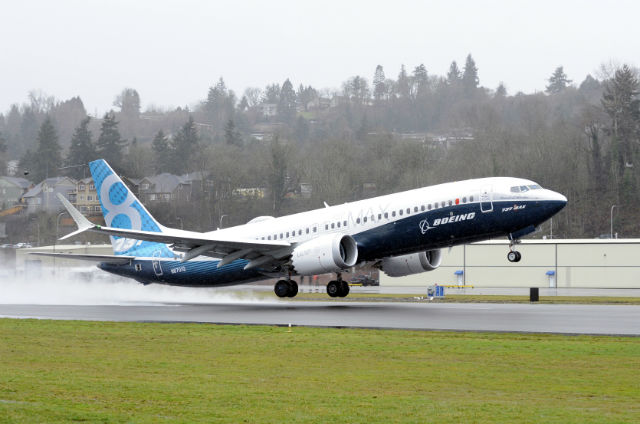Last month, the first new aircraft of Boeing’s second century took flight from Renton, Washington. It is apt that the newest arrival is the fourth iteration of an old favourite: a re-engined 737 known as the Max.
In the wake of the maiden sortie Boeing executives were typically upbeat, with one predicting that if this was any indication of the following 99 years, it would be “an amazing century”.
Boeing now has to focus on execution: it must test, certificate and deliver four different variants of the narrowbody in relatively short order.
But one unanswered question remains: what next?
Amid a record-breaking sales war between the 737 Max and Airbus A320neo, one could be forgiven for failing to look past the mountainous backlog of nearly 7,500 aircraft between the two narrowbodies.
However, the genesis of the Max may offer an insight to the airframer’s future direction of travel.
In early 2011, then-Boeing Commercial Airplanes chief Jim Albaugh infamously wagered that it would shun a re-engining programme on the 737 in favour of an all-new single-aisle.
But thanks to Airbus’s seizing the initiative with the Neo – and Boeing’s still recent troubles with clean-sheet developments – what the world ended up with is precisely what Albaugh forecast it wouldn’t.
Market forces appear to favour this incremental approach, as Boeing acknowledged in December 2011, when it ditched its clean-sheet design for the Max.
Since then it has been playing catch-up with Airbus, which has already delivered its first Neo and has a seemingly unassailable 60% share of the market for re-engined narrowbodies.
But Boeing still has an opportunity to put its European rival on the back foot. There exists a space for an aircraft which crosses over between the very largest narrowbodies and smaller twin-aisles. Seattle calls this the “middle of the market”, and has been coy about its plans for the segment.
If there is any room for a rupture in the competitive dynamics between the big two, then it is here. If Boeing gets it right, it has a chance to put Airbus on the defensive from the top to the bottom of the widebody sector.
Noises emanating from Seattle suggest it is considering both clean-sheet and derivative designs, the latter far quicker to market. But with an absence of mature but game-changing airframe or propulsion technology, this could be a devilishly tricky – and expensive –move to pull off.

And now for our next number
Boeing
Source: Flight International






















